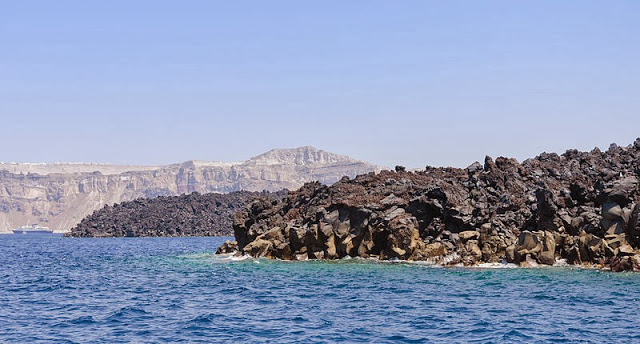
New insights gleaned from volcanic rock are helping scientists better understand how our planet evolved billions of years ago.
Studies of basalt, the material that forms from cooling lava, are being used to develop a timeline of how the planet and its atmosphere were formed.
Scientists examined liquid basalt – or magma – at record high pressures and temperatures. Their findings suggest molten magma once formed an ocean within the Earth’s mantle, comprising two layers of fluid separated by a crystalline layer.
Scientists agree that Earth formed around 4.5 billion years ago, at which time much of the planet was molten. As it cooled, Earth’s crust was formed. Researchers are keen to pin down how the planet’s core and crust took shape and how its volcanic activity developed.
The discovery by a European team of scientists involving the University of Edinburgh, using hi-tech laboratories, supports current theories of how and when our planet evolved. To recreate conditions at the Earth’s core, scientists placed basalt under pressures equivalent to almost one billion times that of Earth’s atmosphere and temperatures above 2000 Celsius.
They found that at high pressure, silicon atoms in the basalt change the way in which they form bonds, which results in a denser magma. Their discovery helps pinpoint how magma behaves deep in the Earth and is a missing piece in the puzzle of how Earth’s core formed.
The study, published in Nature, was supported by the Scottish Universities Physics Alliance and European Research Council and carried out with the DESY Photon Science facility at Hamburg, the Universite Pierre et Marie Curie in Paris, Vrije Universitat Amsterdam, and Goethe-Universitat Frankfurt.
Dr Chrystele Sanloup, of the University of Edinburgh’s School of Physics and Astronomy, who took part in the study, said: “Modern labs make it possible for scientists to recreate conditions deep in the Earth’s core, and give us valuable insight into how materials behave at such extremes. This helps us build on what we already know about how Earth formed.”
Note : The above story is based on materials provided by University of Edinburgh










